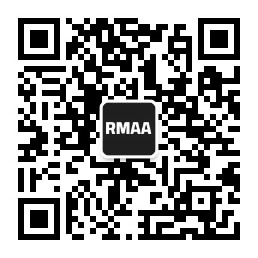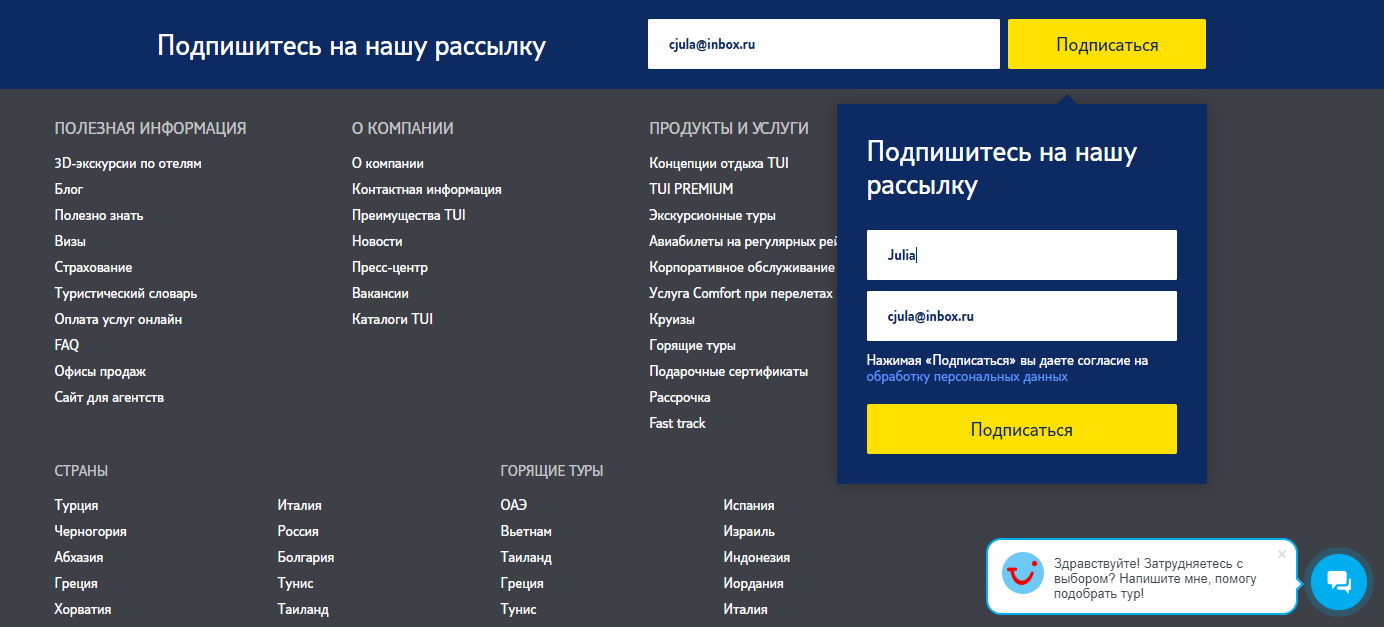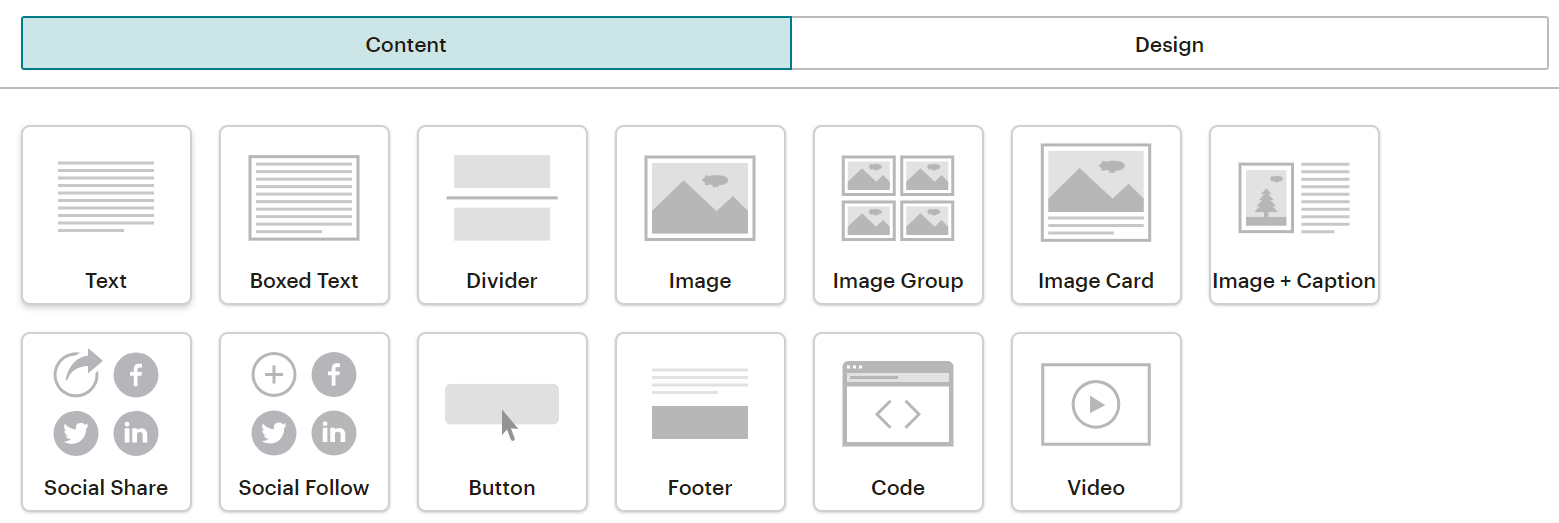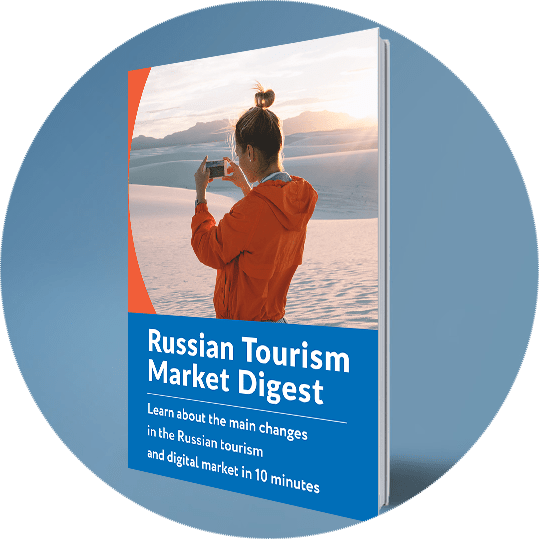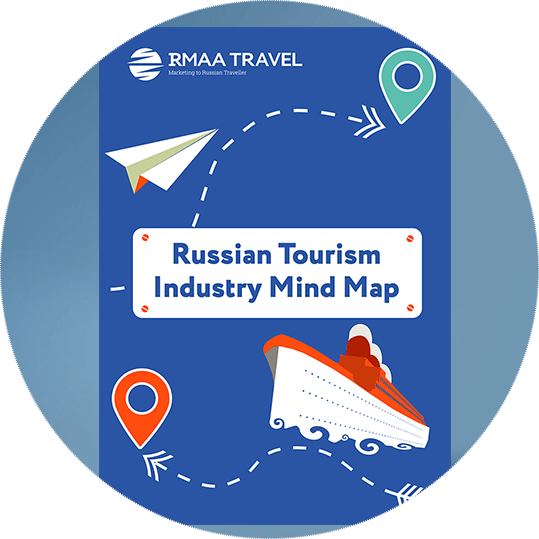Blog about successful marketing strategies in russia
Email Marketing for Travel Industry: How to Retain Customers


DIGITAL MARKETING
Share this Post
The travel industry provides a huge number of grounds to send e-mail throughout the whole customer lifecycle, from planning of a vacation until its end.
The aim of e-mail marketing in tourism is to build a trust-based relationship between an agency and a client and to convert a tourist into a loyal customer.
Advantages of e-marketing for travel industry are obvious:
- Promptness. This is the best way to inform all your customers, for instance, of a market launch of last-minute travel offers.
- Considerable saving of the marketing budget. Clearly, if you already have a well-established customer database that is constantly seeded.
- Obtaining loyal customers. A correctly customized mail-out with segmentation of offers will let you not only raise your OR (Open Rate), but also minimize unsubscribes, let alone spam reporting.
- Feedback.
Let’s move from advantages to actions. Where do we start to get a maximum conversion and meet the expectation of a travelling subscriber?
Collect an e-mail database
A top priority is to collect a database of the interested audience. It is easiest to do it by means of a subscription form placed in your website.
There are three main types of subscription forms. You can choose one or apply several of them.
- Embedded – it is added to any convenient space in your website.
- Floating – it will show up at the same space even during page scrolling.
- Pop-up window – this type of form will be shown to a website user when entering or after a certain period established by you.
Remember: travelers will be more eager to join your mailing list if you propose them some valuable information at once: for example, they should sign to be first to know about last-minute tours or to get a discount coupon immediately.
Segment your subscription database
For a successful mail-out, it is not enough just to collect e-mails and start e-mailing. After all, user interests, preferences, and statuses are different; consequently, e-mail offers should differ, too.
Neil Patel, a famous digital marketer and entrepreneur, introduces the following statistics:
39% marketers who use segmentation of e-mail books achieved a better open rate.
28% marketers managed to improve deliverability and grow revenue.
How do you segment your subscribers?
- During signing up. Add checkboxes to your form at the stage of registration or first filling-in. For example, there are three main directions in our agency RMAA Group, by which we segment our subscribers. In its turn, each segment is divided into sub-categories; for instance, for RMAA Travel we ask users who download our study to indicate their industry (the form is made as a dropdown list, so the segmentation goes strictly per categories that we set).

- Create an e-mailing setting page (for example, in your user account).
- Take poll through your mailing list. But go easy on it: the poll should have no more than 3 multiple choice questions. We recommend specific multiple choice questions where a traveler can choose an answer that suits him or her most.
How can you see received data? Personalize your e-mails. According to Experian study, personalized message subjects in e-mail give impressive results in tourism, with OR being nearly 40%.
Elaborate a strategy of triggered e-mails
Triggered e-mails are letters or chain letters that are sent automatically in response to an action/omission of a travelling subscriber:
- opt-in,
- room booking/ticket purchase,
- subscription to a blog,
- opening a letter or clicking a link inside,
- long user inactivity (for example, if a user has not visited your website for a long time).
Setting messages as a response to a subscriber’s actions, you get a better reaction. Smartinsights compared core metrics of triggered and usual marketing mail-out, and it turned out that OR of triggered e-mails is twice as high compared to usual ones. For example, your triggered e-mailing for a travel agency can look like this:
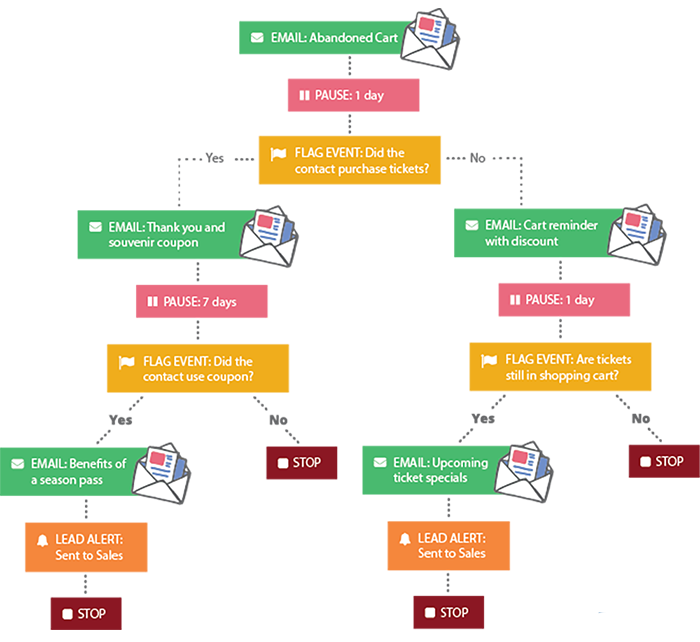
Let’s make some examples of triggered e-mail that can be used in tourism and travel.
Welcome letter
Set automatic sending of a welcome letter right after signing up is confirmed. There you can just greet a potential traveler, suggest filling in personal data, or send an inspirational letter with worldwide top hotels.
Tour or hotel watch history
It might happen that a tour is looked for through your website and a search engine shows dozens of results in the feed. A subscriber shops around, but is not ready to make a decision at once. Send a reminder about interesting orders to push the user to order.
Or, while the user is still in the website, offer him or her to sign up so that he or she could receive e-mails when prices of tours selected by him or her change.
Besides, to get a user back and raise conversion, when the traveler has not purchased a tour yet, within, let us say, 1-2 weeks you can send an e-mail with a personal discount that he or she can use in your website. However, do not forget to put a time limit on it; otherwise, there is a chance that the subscriber will simply forget it.
Booking notice
Notification e-mails in the process of tour package arrangement keep a client informed that booking and purchase happen in a right sequence, quickly and safely. Order notification is sent right after a client decided on a tour and filled in his or her passport details into an order form.
To make a client feel reliable, your letter should include an order number, information on the tour, and all necessary documents: a contract, a booking form, a travel advisory, information on a carrier etc.
Self-reminder
Yes, you need such e-mails, too—for instance, when a traveler registered on your website and never visited it any more for a long time. In this case, it is quite proper to ‘shed a tear’ and write an emotional e-mail telling, like, how much you miss him or her. Such mail-out can be done once a month. By doing so, every next letter can boost emotional intensity.
Make A/B test
If you have several ideas how to make a letter and do not know which one is better, rely on an A/B test. The purpose of this test is elaboration of an electronic message that will show the highest Open Rate, Click Rate, and conversion ratio.
For example, you can create letters with various themes, pictures, CTA, or texts and then define a criterion, by which you are going to choose the best option.
How to Select Mailing Time
Once again, test it and cater to your subscription base. If you cater to B2B and have many corporate e-mail addresses in your database, it is more likely that mailing during business hours will work for you. However, mind time zones.
Plan several mail-outs for different days and hours and look when there will be an opening peak. Remember: quod licet Iovi, non licet bovi—so cater to your clients.
Set an Optimal Mailing Frequency
How often are you going to send e-mails? Some e-mails will be sent automatically after users do certain actions, but you should not also forget about manual e-mailing.
Create your e-mail calendar and coordinate it with your calendar of content marketing, events, and important occasions.
How many messages do you need to send? Start sending a bit more e-mails than usually. If OR and CR reduce, then it is worth reducing your e-mails, too.
Another way is to offer traveling subscribers to choose mailing frequency themselves, for instance, in setting or during a poll.
Let’s Talk about Templates
How do you make a beautiful letter? You can hire a designer and a programmer or make a smarter choice and use email marketing services that are so abundant in the market now.
Advantages of such services:
1. A possibility to upload lists and segment them by criteria set by you
2. You can send personalized e-mails (of course, if you collect a database with names)
3. A possibility to use ready templates or make your own one out of available blocks and elements. For example, here is a list of Mailchimp elements that you can add to your e-mails.
4. E-mail planning. After the campaign is adjusted, you do not need to send all e-mails at once—you can plan your mail-outs for any day and even hour. Besides, some services offer their mailing time optimization.
5. Reports on delivery, OR, clicks, unsubscribes etc.
6. A possibility to adjust a number of e-mails per each audience segment.
Taken all in all, there is a free trial that will let you evaluate all great things about one or another service and choose one that suits your business needs most.
Remember that the purpose of e-mailing is to increase loyalty of subscribers to your brand and inspire them to use only your services. So, try it all out, test it, choose best ways to communicate and write e-mails! By the way, do not forget to sign up with us in order not to miss any interesting article on travel marketing (at the top right of the blog).
Travel Research
The Russian Tourism Market Report: Trends, Analysis & Statistics | 2019. How to impress Russian tourists and attract them to your country
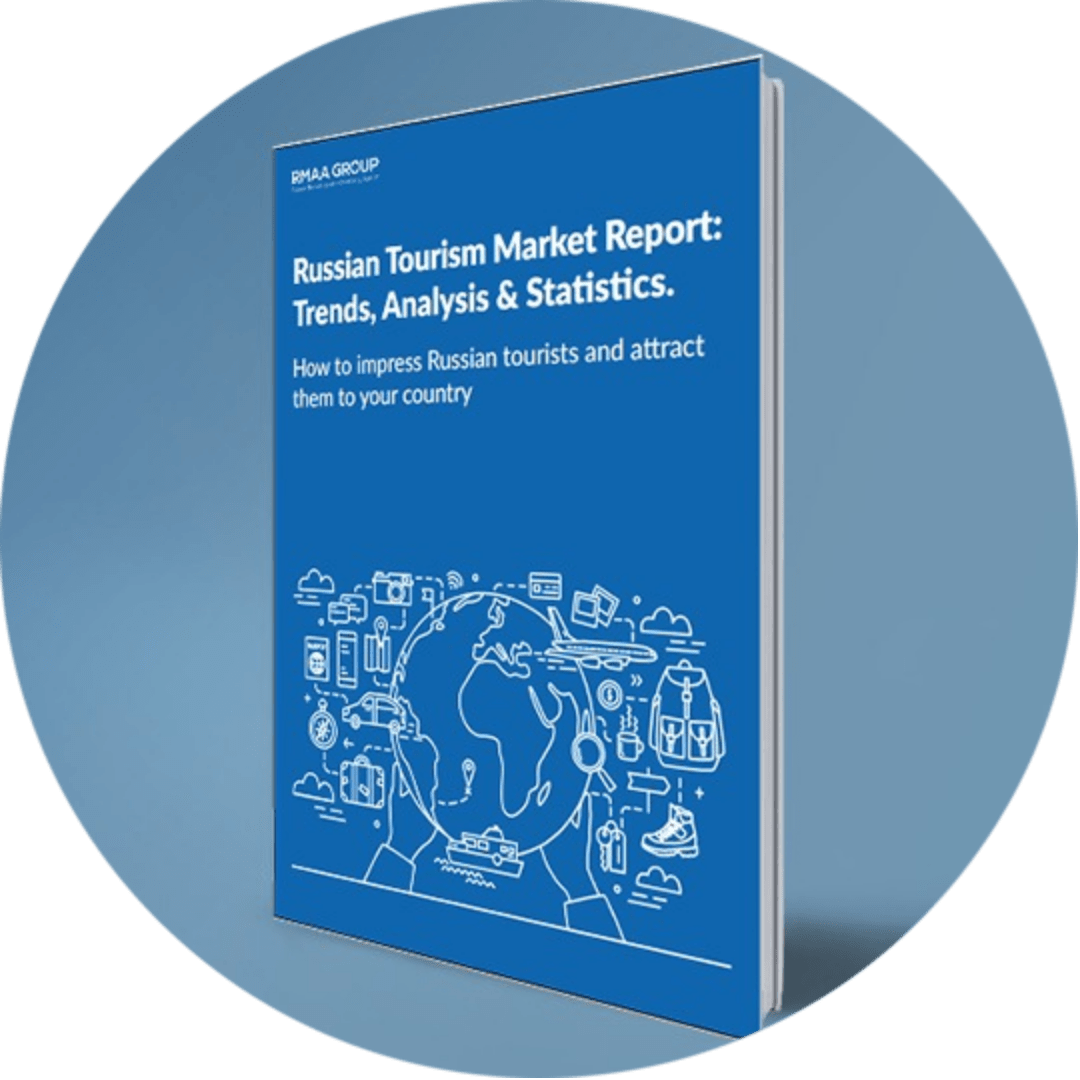
Ready to partner with the specialists in Russian travel marketing and advertising?
About the Author
Head of Digital, editor-in-chief of the RMAA Agency Blog
Join 2,000+ of your Peers!
Get our latest articles delivered to your email inbox and get our exclusive White Paper "Digital Marketing in Russia. Finding your customers on the internet" for FREE!
You will be the first to know about Russian marketing insights,
news and updates from our agency.
Stay tuned!
We're updating our website's design step by step, so some pages may look different. Thank you for your understanding.
Got it








